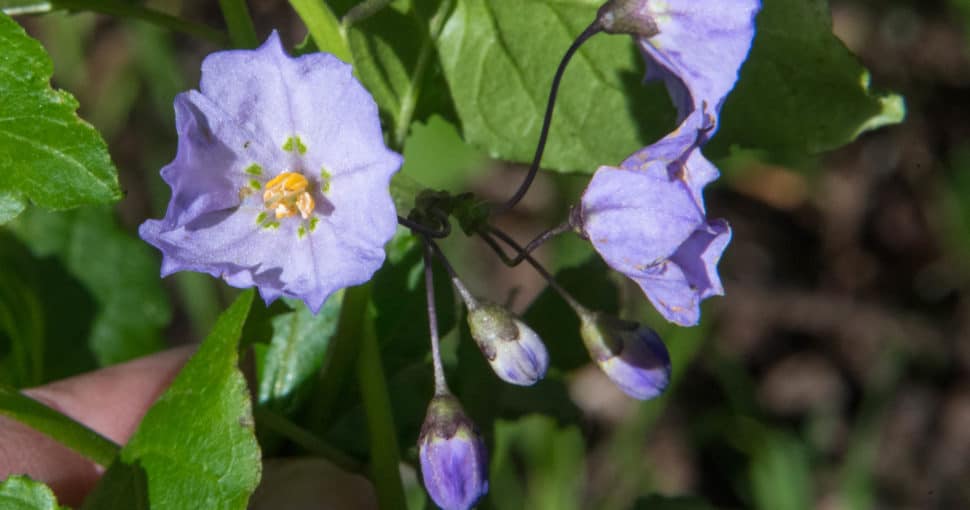The large State of Nevada is located in the country’s Western region. Its borders meet Oregon, California, Idaho, Arizona, and Utah. It is one of the largest states in the country and one of the most populous since it houses over three million people. There are quite a few toxic plants to be aware of in Nevada, let’s dive in.
Contents
- 1. Sago Palm (Cycas revoluta)
- 2. Lantana (Lantana camara)
- 3. Jimsonweed/Devil’s Weed (Datura stramonium)
- 4. Oleander (Nerium oleander)
- 5. Bluewitch Nightshade (Solanum umbelliferum)
- 6. Angel’s Trumpet (Brugmansia)
- 7. Poison Oak (Toxicodendron diversilobum)
- 8. Redwood Sorrel (Oxalis oregana)
- 9. Giant Reed/Giant Cane (Arundo donax)
- 10. Big Sagebrush (Artemisia tridentata)
- 11. Yellow Bird of Paradise (Caesalpinia gilliesii)
- 12. Hyacinth (Hyacinthus)
- 13. Virginia Creeper (Parthenocissus quinquefolia)
- 14. Four o’clock/Marvel of Peru (Mirabilis jalapa)
- 15. Lupine (Lupinus)
- 16. Desert Poppy (Eschscholzia glyptosperma)
- 17. Milkvetch (Astragalus)
- 18. Poison Hemlock (Conium maculatum)
While Nevada might largely encompass barren land, this does not mean that there are no plants at all in the state. We wouldn’t normally consider a green thumb in Nevada, but there are still tons of unique species of plants and flowers all over the State. That said, there are also potentially poisonous ones that you should stay away from.
Such poisonous plants can cause a range of health issues and might even be deadly. Not only that, but some of these plants are also toxic for animals. Hence, you must be cautious at all times when you take your pet out into the wilderness.
Since hiking, camping, and other outdoor activities are common in Nevada, individuals must do plentiful research about which plants to stay away from. This is the best way to keep you and the people and animals around you safe. Once you know about each plant and what it looks like, you will be able to stay away from it.
If an individual or animal does come into contact with a poisonous plant in an unfortunate case, you will know exactly what caused the attack, which can help provide better treatment. Therefore, keeping all of this in mind, keep reading this guide to learn about Nevada’s top poisonous plants.
1. Sago Palm (Cycas revoluta)
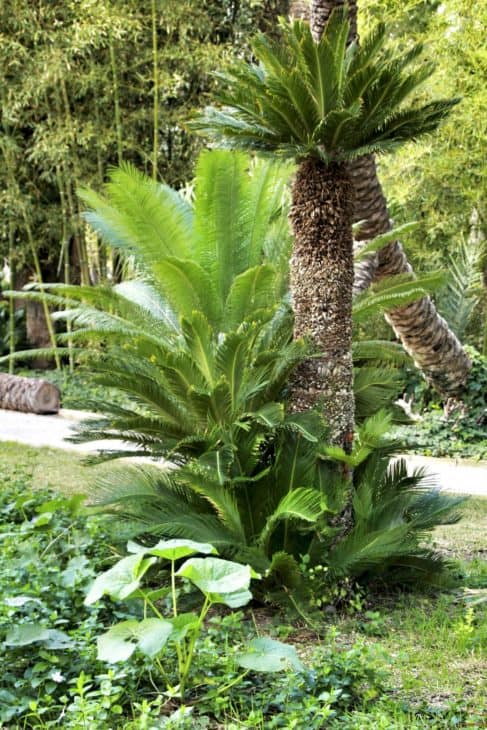
This is one of the most dangerous plants you can find in the State of Nevada. This is mainly because the sago palm tree is utilized both for landscaping purposes and as a houseplant. While toxic plants are not particularly tasty, this one might very well be. Hence, you have to be especially careful of any animals or pets coming in contact with this plant since the taste might entice them.
All sago palm trees, variations, and seeds are harmful to animals and humans. If ingested, it can have a negative impact on the liver and intestinal functions.
2. Lantana (Lantana camara)
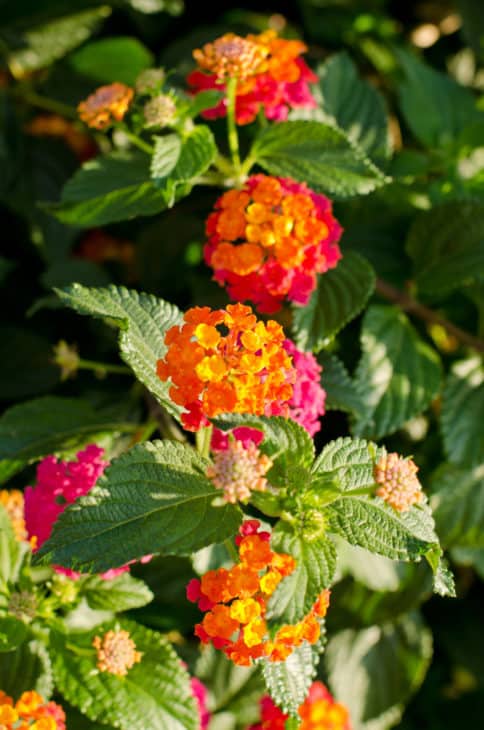
Lantana is another plant that should be handled with the utmost caution. It is a common ornamental shrub you can find in various homes in Las Vegas. This is mainly because of its gorgeous and vibrant colors and since it is suitable for warmer climates.
However, much like poison ivy, all parts of the lantana plant are toxic. They can be dangerous for all mammals, children, and pets. However, it does not have any effect on birds. Moreover, the most dangerous component of the plant is its berries.
When handling and planting the lantana shrub, you should be wearing gloves and protective eyewear. Similarly, you must also avoid burning the plant since that also can release toxic fumes.
3. Jimsonweed/Devil’s Weed (Datura stramonium)
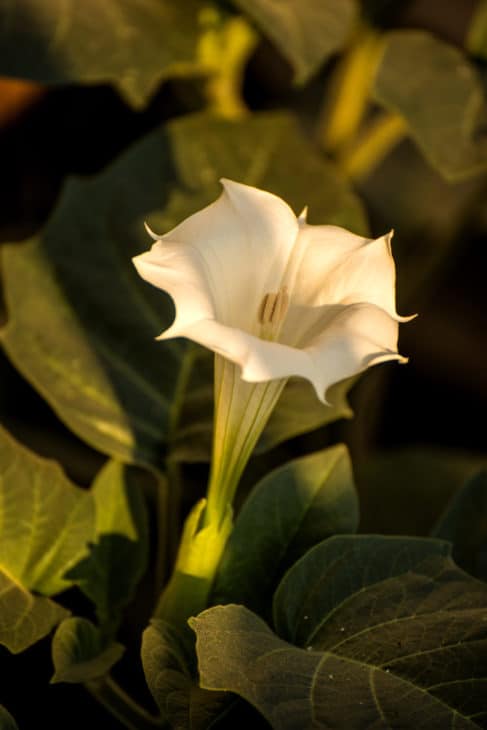
This plant is also known as devil’s weed, Datura, or devil’s apple. This plant is poisonous and absolutely dangerous. The plant also carries unique hallucinogenic and mind-altering properties that people have known about for centuries.
If ingested, it can lead to dryness of the mouth, vomiting, and diarrhea. It might also make you drowsy. Extreme drowsiness can lead to entering a coma. Lastly, this plant can also kill you since it can potentially lead to respiratory failure.
4. Oleander (Nerium oleander)
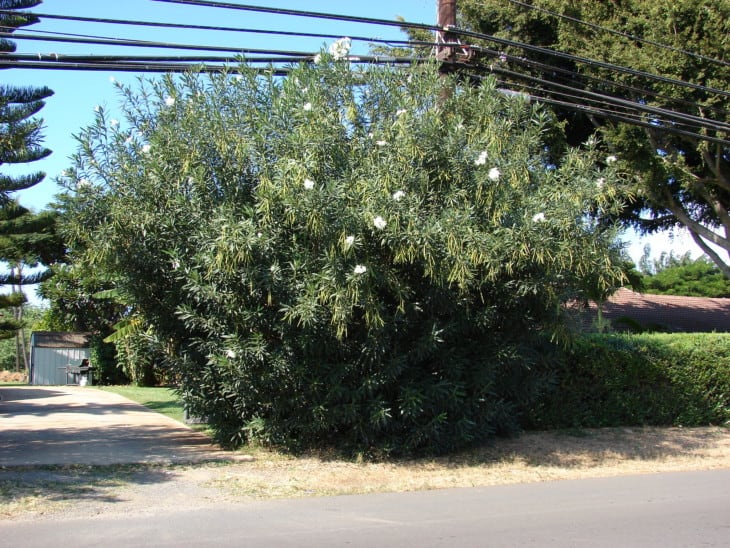
This is a highly toxic ornamental shrub or small tree that is used for landscaping and indoor planting in the State. The poisonous properties of the Oleander have been known for years. While this plant is absolutely stunning and features beautiful shades of pink, it can be quite harmful since it can lead to death if ingested.
5. Bluewitch Nightshade (Solanum umbelliferum)
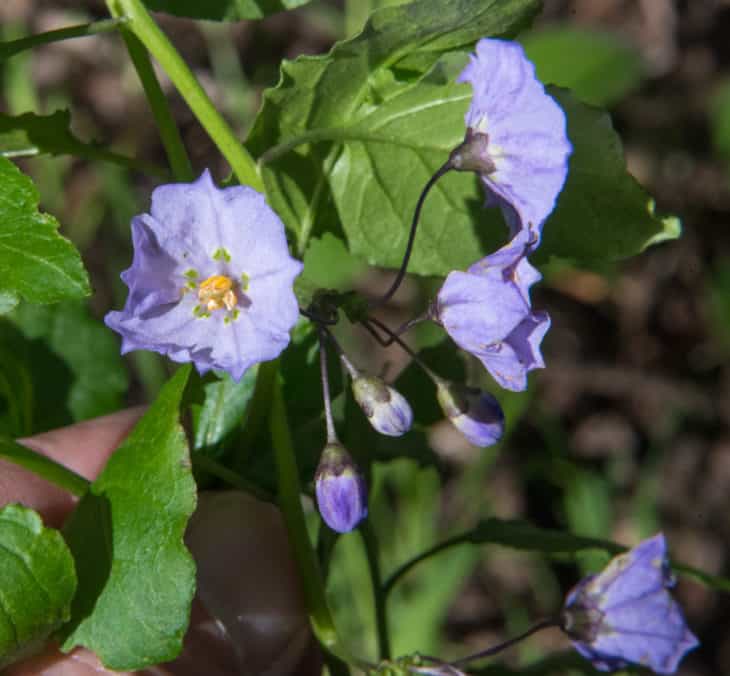
The blue witch nightshade is a grassy shrub that features small purple flowers with contrasting yellow anthers. You can very well find this plant during one of your hiking escapades when traveling further into the woods. However, you must proceed with caution around it since it is potentially dangerous for both humans and animals. Insects are predominantly unaffected by this plant.
6. Angel’s Trumpet (Brugmansia)
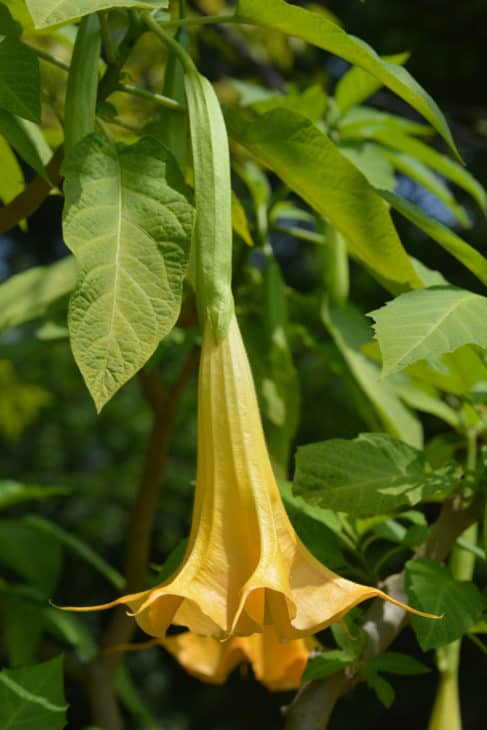
This is a small and tropical tree that is commonly used for landscaping in Nevada. They also have unique flowers growing from that bloom and droop down. Some Angel’s Trumpet trees may produce numerous flowers while others might not. All in all, they are all distinct, and you can spot them easily. However, you must be careful with this plant since all parts of it are poisonous.
7. Poison Oak (Toxicodendron diversilobum)
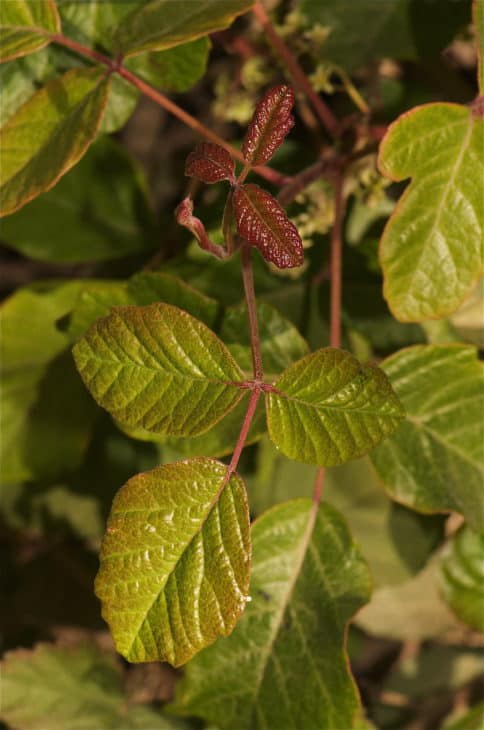
This is commonly known as Pacific poison oak or western poison oak. The woody vine or shrub can be found deep in the wilderness. During springtime, it might even feature small ivory flowers. However, smoke inhalation or touching the poison oak plant can be quite dangerous since it triggers allergies and leads to rashes in humans.
8. Redwood Sorrel (Oxalis oregana)
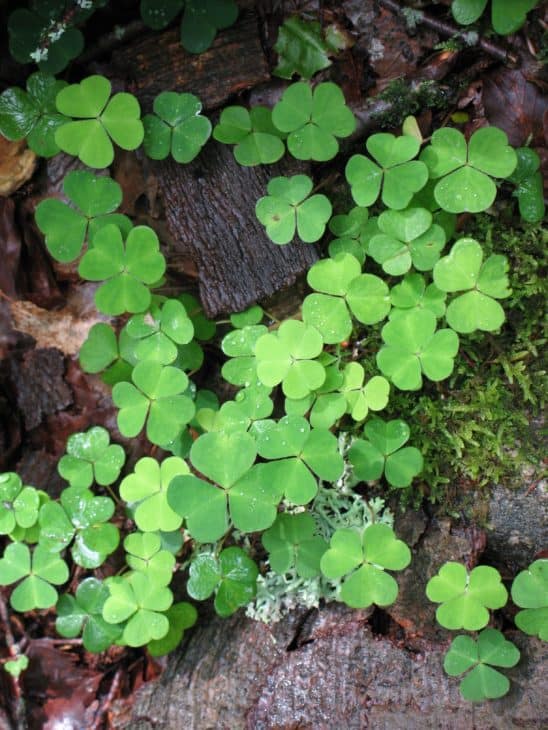
This is a gorgeous tree that many people plant in their gardens or for landscaping. It features vibrant green leaves with large white flowers. While people consumed the plant in the older days, it is highly recommended not to eat it anymore. This is because the plant sustains slightly toxic properties. They are safe to eat in small amounts but can be potentially dangerous if one ingests too many of them.
9. Giant Reed/Giant Cane (Arundo donax)
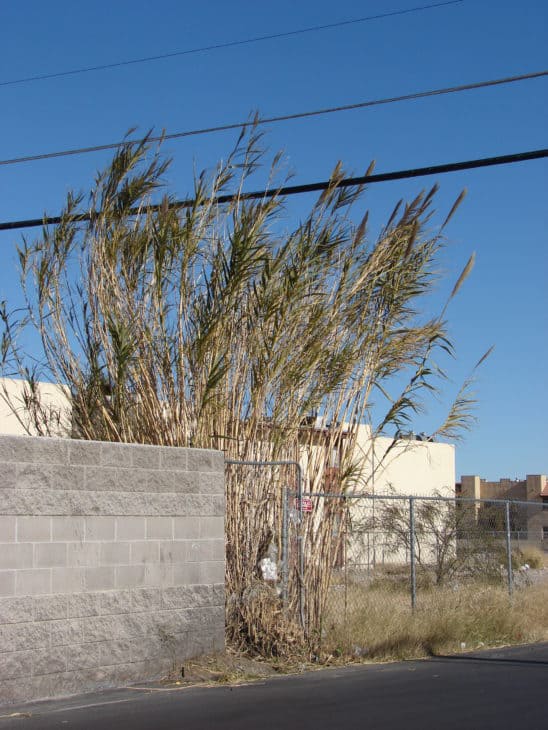
This is a large, tall cane. The plant is also known as Giant cane or Spanish cane. The giant reed can be found in dense and woody areas, wetlands, and sand dunes. For that reason, there is a good chance that you will come across this plant when hiking in Nevada. However, the plant’s leaves contain toxic chemicals that can be harmful to humans and some animals.
10. Big Sagebrush (Artemisia tridentata)
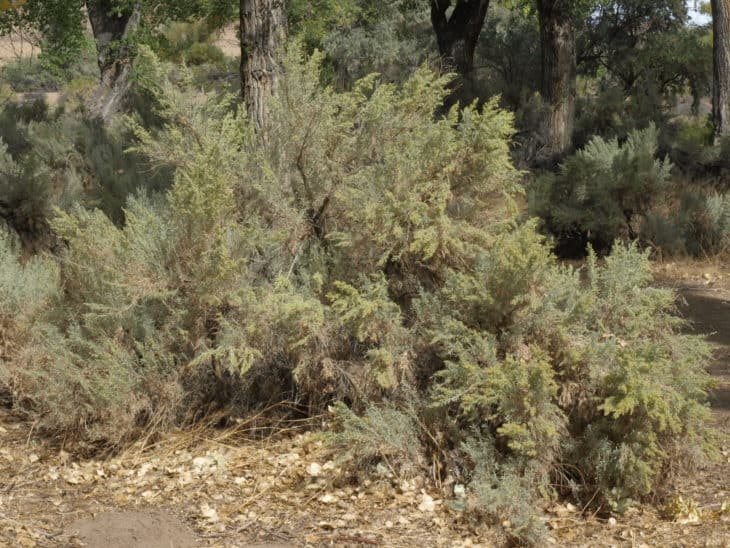
The big Sagebrush is an aromatic shrub or small tree that is best grown in barren lands, which is why it can be widely found in Nevada. The wood from the plant is particularly useful for firewood, thanks to the wood’s oils. While potentially toxic for humans, Big Sagebrush is not dangerous to most animal species. In fact, it serves as food for mule deer and rabbits.
11. Yellow Bird of Paradise (Caesalpinia gilliesii)
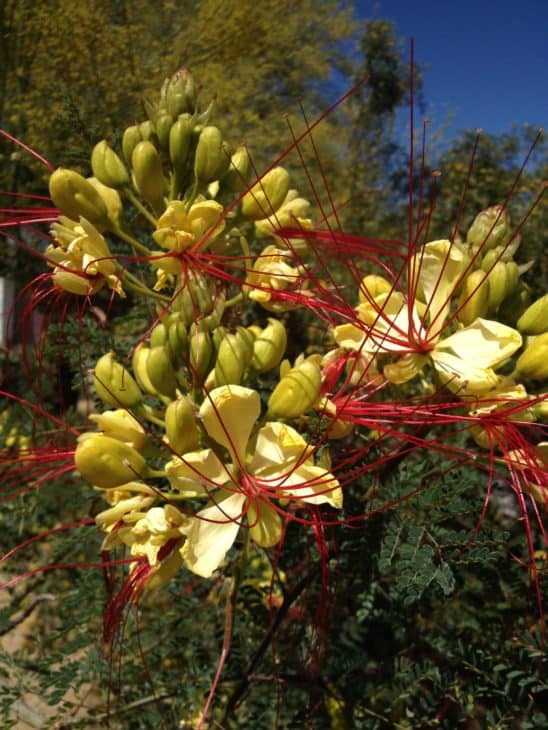
The yellow bird of paradise is a small tree or shrub with stunning and unusual yellow flowers for which it is admired for. The plant thrives in warmer climates, which is why it is commonly found in Nevada. They also bear small fruits that are quite similar to peapods. As gorgeous as this tree may be, it can also be potentially dangerous since both the leaves and the seeds are poisonous to humans and animals. Hence, you should keep small children and animals away from this plant.
12. Hyacinth (Hyacinthus)
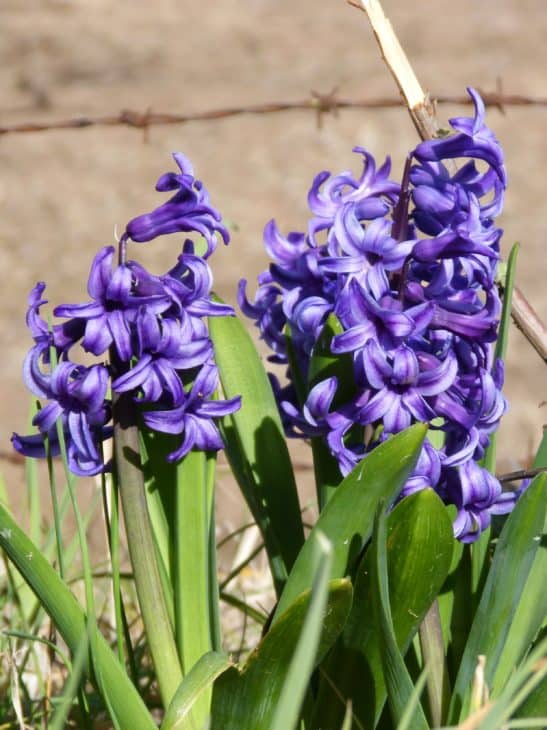
This small, blooming perennial features absolutely gorgeous flowers in deep purple or pink shades. This is why most people in the State use this plant for ornamental or landscaping purposes. However, it should be noted that the Hyacinth bulbs are poisonous since they contain oxalic acid. You should handle these plants with care and put on gloves when doing so since it can lead to irritation and mild rashes.
13. Virginia Creeper (Parthenocissus quinquefolia)
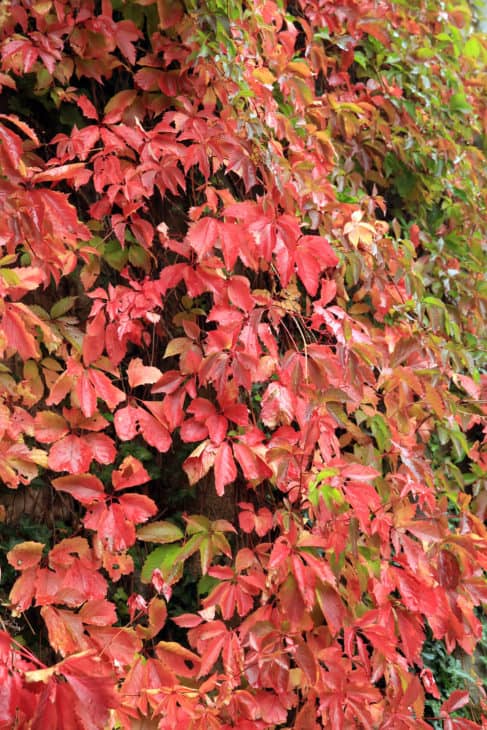
The Virginia creeper is normally grown in gardens and landscapes in homes in Nevada. Moreover, it also naturally grows in the State’s woodlands, open areas, and along banks and rivers. The plant features green leaves and flowers that bloom during the summertime. Additionally, the flowers also have around and fleshy berry in the middle.
The berries are a delicious treat for various birds, skunks, and squirrels, but humans should be quite careful with them. The berries are mildly poisonous, but they can become quite toxic if ingested in large quantities since they contain oxalic acid.
14. Four o’clock/Marvel of Peru (Mirabilis jalapa)
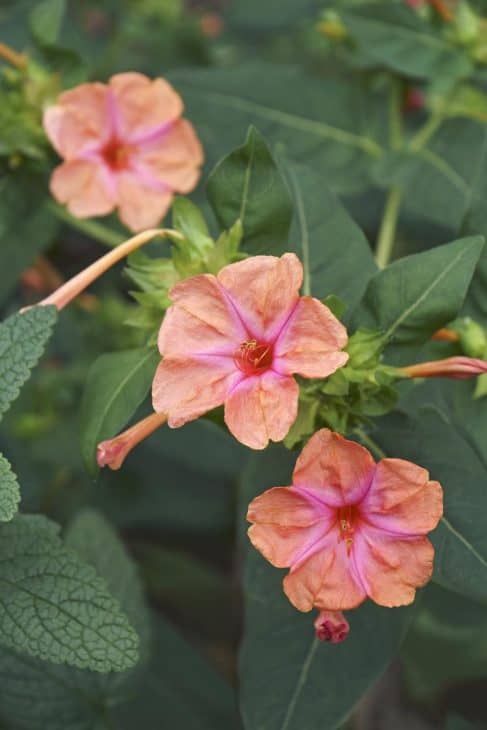
This is the most commonly grown plant in gardens throughout the State of Nevada since they are available in various colors. The plant is absolutely gorgeous, which is why it is used commonly for ornamental purposes. The flowers on this plant bloom in the late afternoon or after dusk, which is why they are known as Four o’clock.
However, don’t be fooled by this plant’s beautiful and fragrant flowers. This plant’s black seeds and roots can be extremely toxic for humans and animals. You should keep small children and your dogs and cats away from this plant.
15. Lupine (Lupinus)
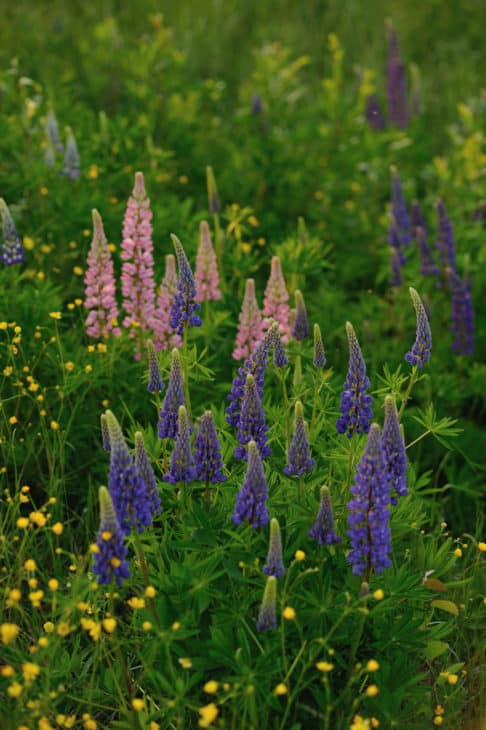
The Lupine is a flowering plant that is commonly found in Nevada. However, this is also one of the most toxic plants out there. Since it starts growing from the seeds, the plant becomes poisonous. The younger the plant is, the more dangerous and toxic it will be. Moreover, the plant has been particularly known to be dangerous to cattle and other species of animals. It has been noted to poison sheep and leads to birth defects. Hence, you should keep your pets away from this plant.
16. Desert Poppy (Eschscholzia glyptosperma)
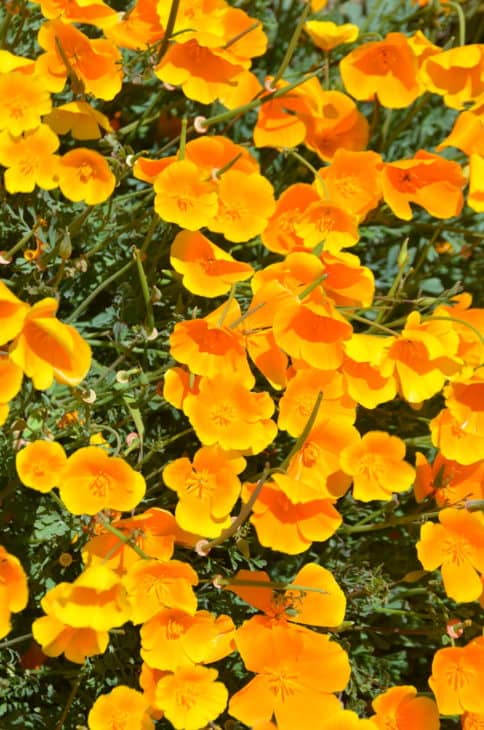
The desert poppy is one of the most widespread plants you can find in Nevada and also in its neighboring states, including California, Utah, and Arizona. It grows numerous flowers throughout the season with bright yellow petals. The desert poppy is not one of the most dangerous plants in Nevada since it does not have any severe or mild toxic effects. However, it might potentially lead to slight irritations.
17. Milkvetch (Astragalus)
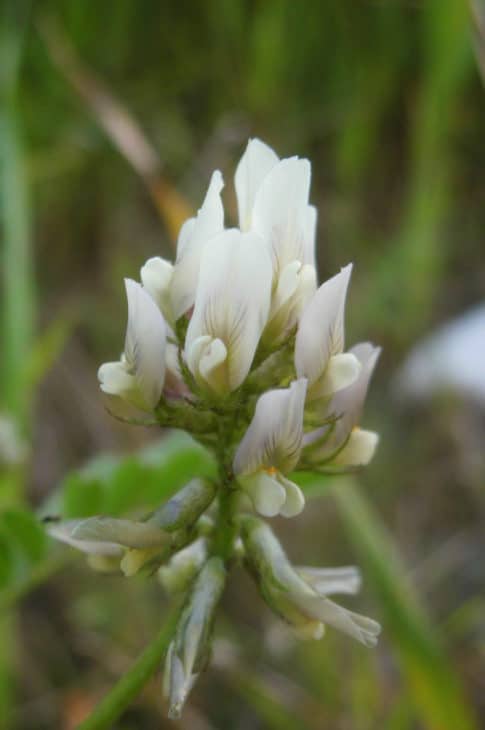
This is a very large genus and encompasses many types of plants. However, whichever plant it may be, all of them are poisonous. The Milkvetch is poisonous from the time they emerge until the heat or frost kills them. You may find this plant on hillsides when you go out in the wilderness for hikes. However, make sure to stay away from it and keep your pets away as well since the Milkvtech plant is known to be poisonous to cattle in specific.
18. Poison Hemlock (Conium maculatum)
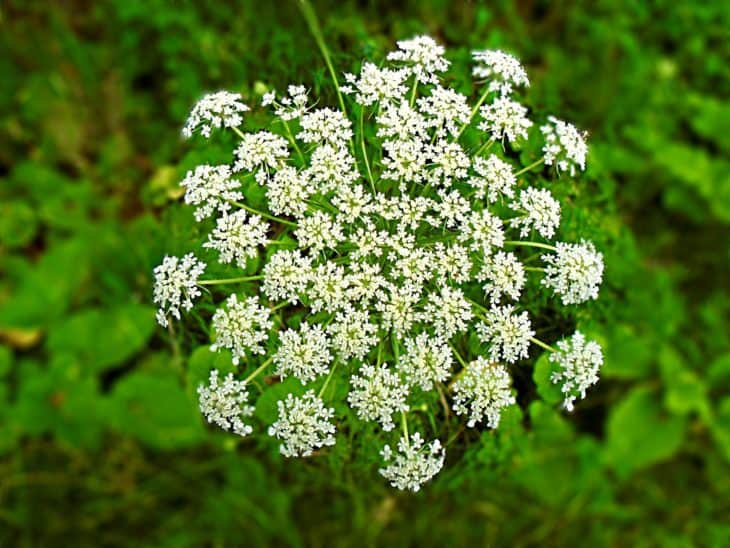
This plant thrives under sunlight, which is why you can find them along rivers, hiking trails, and bike paths. The poison hemlock is like a large shrub with clusters of white flowers. Unfortunately, this plant is lethal to humans if ingested. Even when the plant has died, it can remain toxic for a few years. Ingestion of this plant may lead to dizziness, slow heartbeat, paralysis, and even paralysis of the central nervous system.

